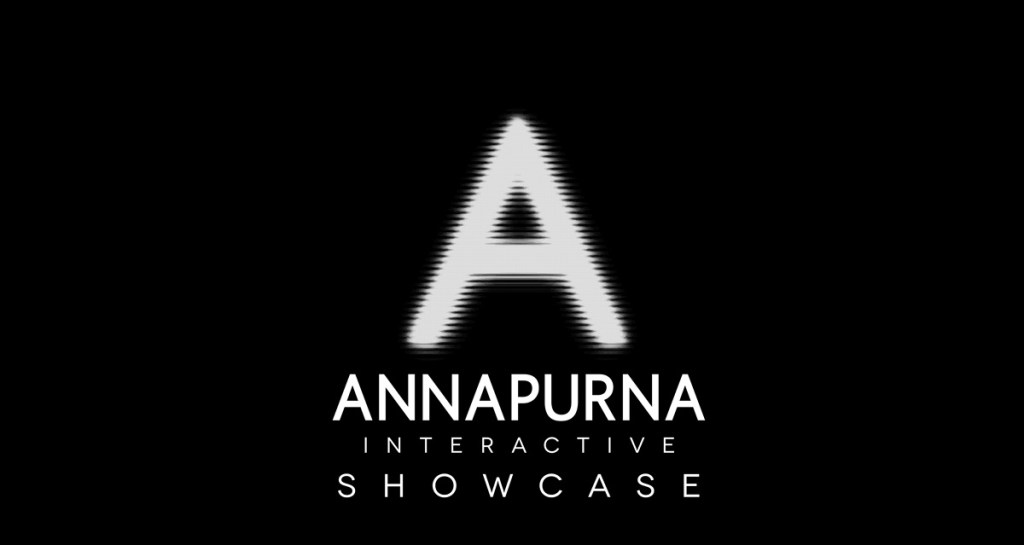Annapurna Interactive represented the pinnacle of indie games | The DeanBeat

We heard the news yesterday that all 25 of Annapurna Interactive’s team resigned after a deal fell through to spin them out of the entertainment company Annapurna.
It was a sad moment not only because it added 25 more people to the list of 12,700 game workers put out of work so far this year. Microsoft chose the same day to lay off 650 more people as a result of its slowdown and need to be more efficient. It was a terrible National Video Game Day. I was so sorry to see the Microsoft layoffs happen again, just when things seemed like they were starting to turn around.
But it is a gut punch to see Annapurna Interactive’s team vaporize and to do so via voluntary resignation. I know that Annapurna said that it will honor its deals and hire replacements. But this was the death of a game publishing team — led by Nathan Gary and staffed by veterans like Nathan Vella — which had delivered so many of my favorite indie games of all time. In this column, I’ve linked to many of the stories that I wrote about Annapurna’s games over the years as a kind of eulogy for the lost.
We don’t know what the cause of the failed deal was, but if it fits a familiar narrative, I could guess that the entertainment company was looking for a way to get more synergy out of transmedia by shifting its game business to triple-A titles, which are more likely to be adapted into movies. If it’s true, that’s even more sad.
Join us for GamesBeat Next!
GamesBeat Next is connecting the next generation of video game leaders. And you can join us, coming up October 28th and 29th in San Francisco! Take advantage of our buy one, get one free pass offer. Sale ends this Friday, August 16th. Join us by registering here.
Run by Megan Ellison, the daughter of Oracle founder Larry Ellison, Annapurna Pictures makes movies like Zero Dark Thirty, Her, Joy, Bombshell and American Hustle — some of these are also on my favorite films list. It is an art house and an indie lover. But somewhere along the way it lost the will it takes to be that.
Despite some requests over the years, I could never get Megan Ellison to talk about games. This was a red flag for me. Perhaps we’re too small as a media publication, but we do a good job at GamesBeat talking to leaders who can wax poetic on games.
In this case, the publicity shyness seemed like it masked a lack of will when it came to standing by a vision around gaming. It made me wish yet again that companies were more transparent about their strategies in gaming. Are they just profit tourists, or are they here for the long term? Until yesterday, Annapurna was one of the companies that earned a lot of praise.
It was only during game demos that I got glimpses of the Annapurna Interactive taste and style. The leaders didn’t give interviews, but they let their developers take the limelight. I liked that. I fondly recall doing interviews with developer Ian Dallas of Giant Sparrow, an indie game studio

One of my favorite titles was Annapurna Interactive’s first game, What Remains of Edith Finch (2017) a haunting game made by Giant Sparrow, which had also made the outstanding title The Unfinished Swan for Sony. In this case of The Unfinished Swan, which Annapurna took to mobile and Windows, the unfinished swan was a reference to a boy whose mother had died, before she could impart her full wisdom to him.
I also loved Flower, made by Thatgamecompany and republished on Windows and iOS by Annapurna. When the original Flower debuted on the PlayStation, I played that game with my three kids, and they made me play it over and over until they learned to play it themselves.

I also enjoyed Gorogoa, where your job was to see things from another perspective and match images until they unlocked puzzles. It was an artistic puzzle game created by solo dev Jason Roberts over five years. He personally painted the art in the games and learned how to make games while building the game. That’s the kind of commitment it takes to succeed in games.
These games were so rich with story interwoven with gameplay that you could easily call them works of art. After those debut games, I was hooked on Annapurna Interactive.
The next year, the company launched Gone Home, Ashen, Outer Wilds and Donut County.

The latter was based on a funny story about raccoons who try to take control of a county by monopolizing the trash of all the other animals and swallowing everything in the landscape with a donut hole. For the latter game, I interviewed its sole creator Ben Esposito. I thought it was wonderful that a major Hollywood company could back a game made by a single indie developer.

All of those games were very well done. The hits kept coming. Annapurna took Journey to Windows and iOS. And it published Sam Barlow’s Telling Lies, Simogo’s Sayonara Wild Hearts, Funomena’s Wattam.

Then the company went on to more great titles like Giant Squid’s The Pathless, Luis Antonio’s Twelve Minutes, Beethoven & Dinosaur’s The Artful Escape, and Angel Matrix’s Neon White. I loved BlueTwelve Studio’s Stray, and there have been many more Annapurna Interactives titles that have earned acclaim.
Sometimes the endings were fairy tales, like The Artful Escape‘s good critical reception after six years of solo development. Sometimes the stories didn’t end well, like at Funomena and Gone Home maker Fullbright.

As I write this, I feel like I am at another wake in a year in which we have seen too many departed too soon. Rest in peace, Annapurna Interactive. I hope you will be reborn in some way.













